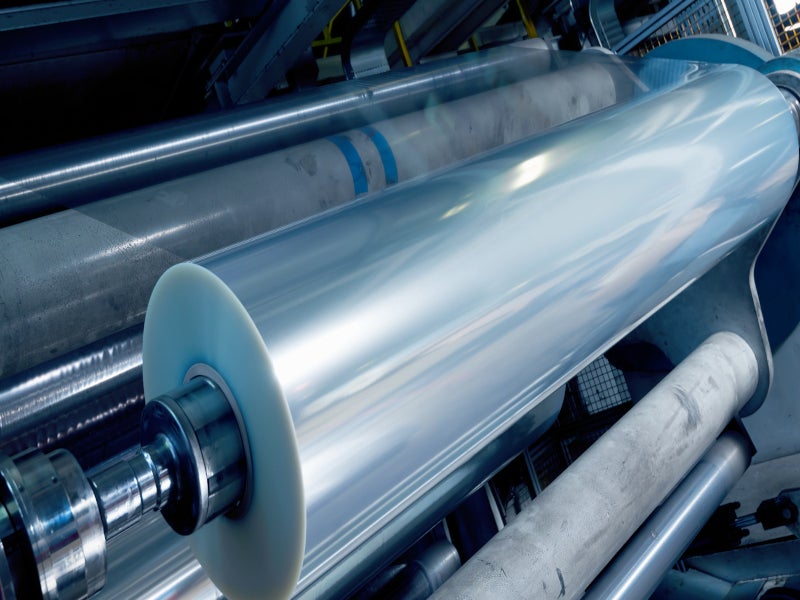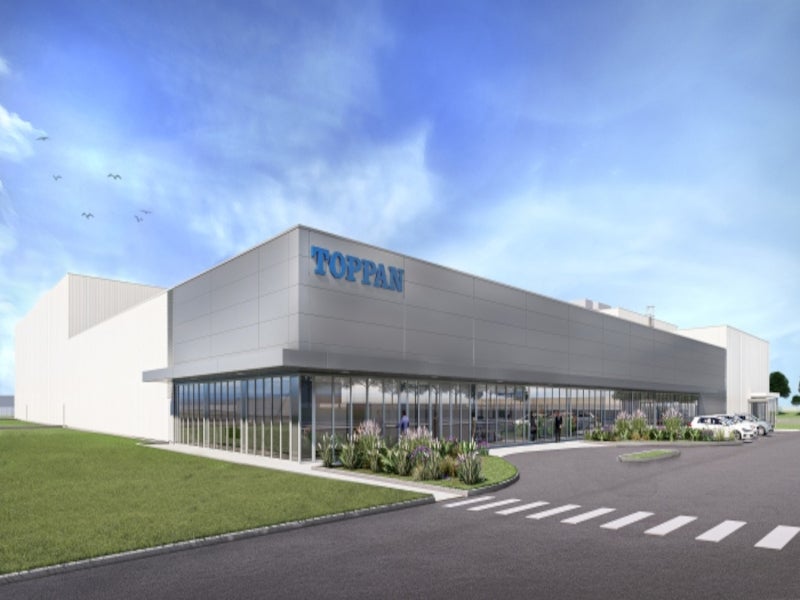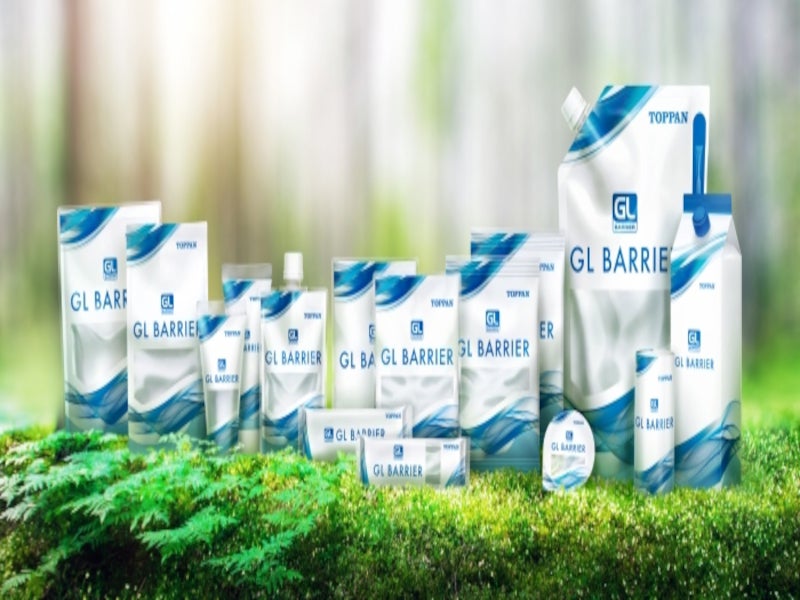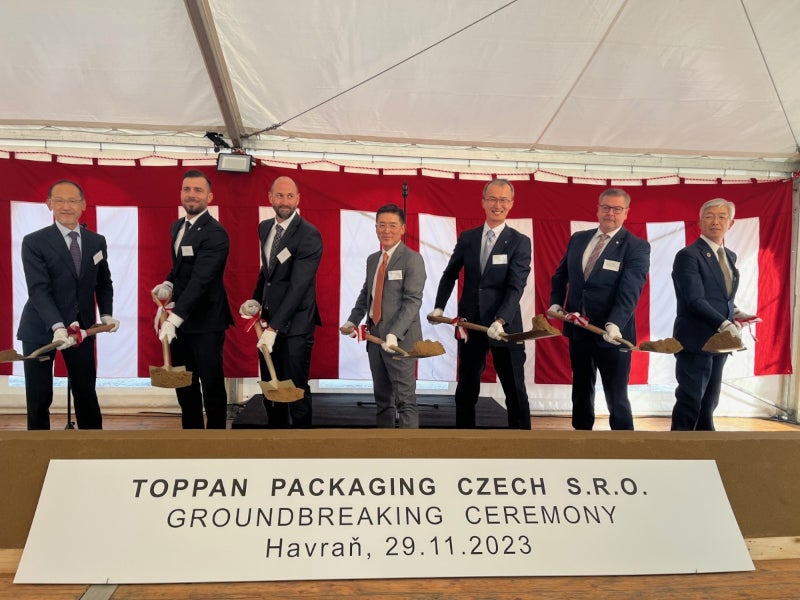Toppan, a packaging company based in Japan, will open a new barrier film manufacturing facility in Most in the Usti nad Labem region of the Czech Republic, to significantly increase the supply capacity of transparent barrier films to Europe and expand its global barrier film business.
The facility is expected to begin mass production of GL BARRIER, Toppan’s proprietary brand of transparent barrier film for eco-friendly packaging, by late 2024. The products will be exported to Europe, fostering the growth and development of the Usti region.
The facility will be the company’s first European production site, following production bases in Japan and North America.
The ground-breaking ceremony for the new barrier film plant took place in November 2023. The facility will be developed in co-ordination with CzechInvest, an investment and business development agency.
GL BARRIER film manufacturing facility details
The facility will be built on approximately 50,000m² and will be equipped with environmentally friendly technologies, such as heat re-use systems, to improve energy efficiency.
The facility will manufacture locally produced, environmentally friendly and sustainable packaging materials.
GL BARRIER film details
GL BARRIER addresses the increasing demand for sustainable and recyclable packaging materials in industries including food, medical, pharmaceutical and industrial materials.
The sale of GL BARRIER films was begun in 1986. Built around the GL FILM, GL BARRIER achieves consistent performance through a multi-layer structure that integrates a unique coating layer with a high-quality vapour-deposited layer patented by Toppan.
The film consists of a substrate film made of polyethylene terephthalate, polyethylene, polypropylene or nylon laminated with a barrier coating layer and the inorganic high-grade vapour-deposited barrier layer made up of either alumina or silica.
The structure makes the film easy to use in post-production processes such as printing and laminating.
The most important aspect of GL BARRIER film is that it protects the packaged contents from oxygen and moisture, offering a long shelf life and reducing food loss. The barrier film remains resistant to degradation even when exposed to high-humidity environments for an extended period, as it does not depend on temperature or humidity for its protective properties.
In addition, the barrier layer is durable and can retain its properties even after bending or retort processing.
The barrier film is also completely microwave-safe, metal-free, metal detector-friendly and capable of detecting foreign matter contamination.
Sustainability features of Toppan’s GL BARRIER film
The film achieves a reduction of 17% in CO₂ emissions compared to conventional transparent vapour-deposited barrier films. It is made up of 80% recycled resin to reduce the consumption of petroleum resources.
Production is eco-friendly since the generation of residues is almost negligible and harmful gases are not emitted during the incineration process.
GL BARRIER film applications
Toppan’s GL BARRIER film is widely used in the flexible packaging of chilled and frozen foods since its barrier performance prevents any chances of material deterioration due to oxidation or drying.
It is also utilised in electronics packaging to provide a clear view of the contents, in pharmaceutical packaging to prevent hardening or breakage, and in composite paper liquid containers.
The film finds a further application in toiletry packaging due to its ease of processing, allowing it to be easily moulded into tubes or spouts. Moreover, it effectively prevents the escape of product aromas from the packaging material.







